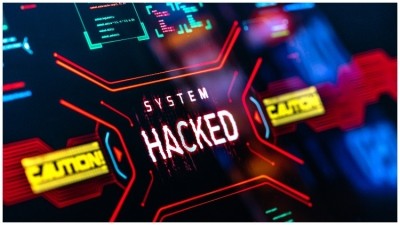Food firms are ‘prime target’ for cyber attack
In this exclusive video interview, filmed last week at the Institute of Food Science and Technology’s 2018 Spring Conference at Birmingham University, Courchesne warned of the threat that cyber-attacks posed to the industry.
“Cyber-security is more of an urgent issue now than ever before,” he claimed. “The complexity and sophistication of attacks makes every company a target.”
‘No company is invulnerable’
“We see more and more of those examples as we did in 2017 with the WannaCry and Petya ransomware attacks that affected companies that thought they were invulnerable. No company is invulnerable.”
Last year, production was halted at a Cadbury factory in Tasmania, after owner Mondelēz was infected by ransomware. The attack almost crippled manufacturing operations at the plant and saw growth for the company drop 3% in the second quarter of 2017.
Courchesne also listed a series of steps to help food and drink firms defend themselves from attacks online, urging companies to instil a cyber-security culture within the workplace.
‘Aware of the risks and vulnerabilities’
“It really starts with training people and making them aware of the risks and vulnerabilities in their businesses and addressing those risks,” he added.
“It starts by identifying the assets in their companies that have a potential exposure for cyber-security attack and thinking about what steps are needed to mitigate those risks.”
Meanwhile, food and drink manufacturers were advised to improve their computer system security in the aftermath of last year’s ransomware virus attacks, which crippled more than 200,000 computers worldwide.
What is ransomware?
Ransomware is a type of malware (malicious software) that prevents or limits users from accessing their computer systems, either by locking the display screen or by locking the users’ files unless a ransom is paid.
More modern ransomware families, collectively categorised as crypto-ransomware, encrypt certain file types on infected systems and force users to pay the ransom through certain online payment methods to get a decrypt key.
Source: Trendmicro.com
















